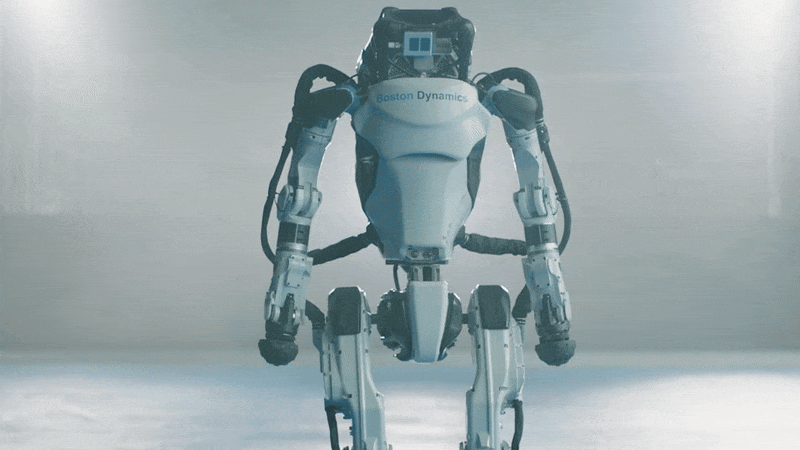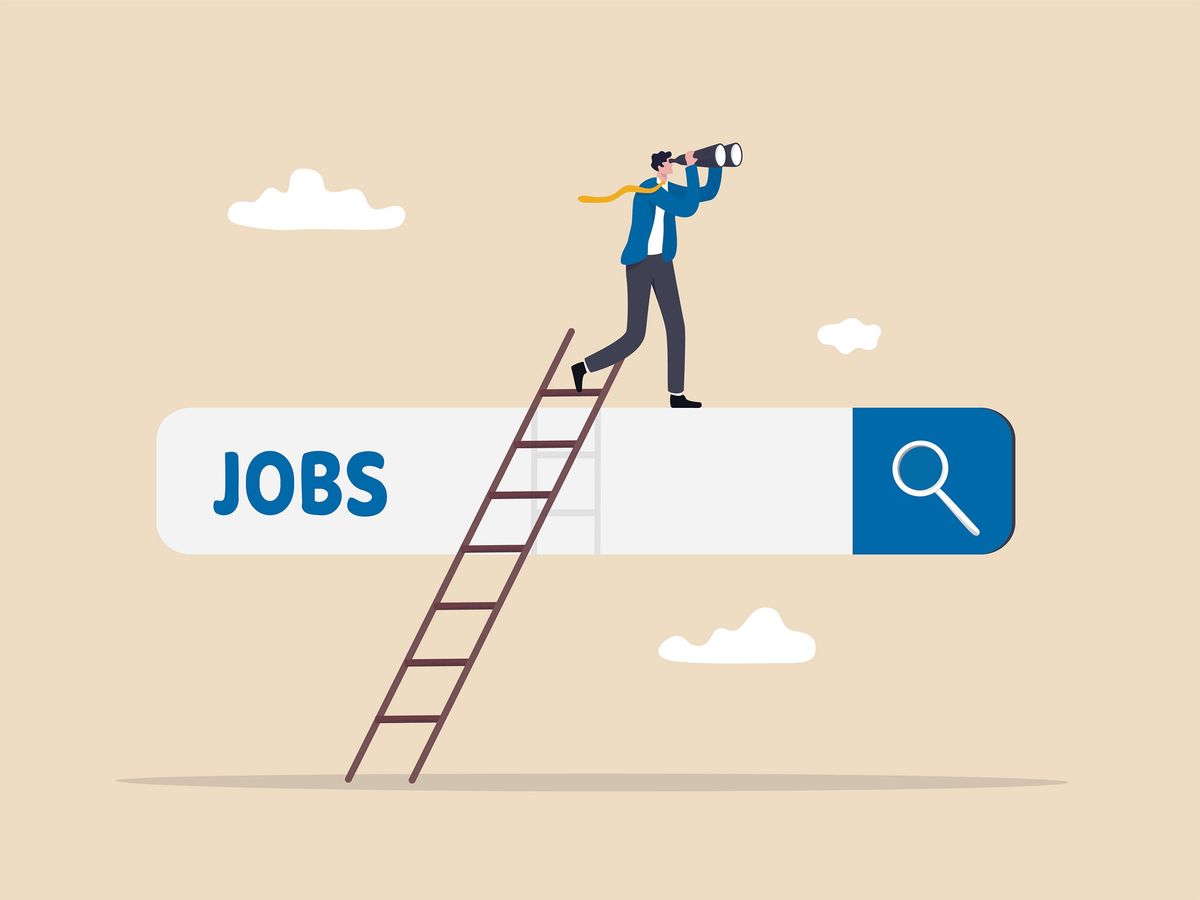Mobile health apps and wearable devices that use artificial intelligence to help diagnose or even treat medical conditions pose a new regulatory challenge for the U.S. Food and Drug Administration. The government agency has responded by starting to assemble a team of computer scientists and engineers to help oversee and anticipate future developments in AI-driven medical software.
This comes at a time when medical devices have evolved from fairly self-contained gadgets into implants and wearables that communicate wirelessly with medical software on separate computers or in the cloud. The definition of medical device has also stretched as smartphone apps and online services—often backed by machine-learning algorithms—promise to deliver medical diagnoses that once would have required a visit to a doctor's office and specialized lab equipment. That is why the FDA aims to create a new digital health unit around people having both the technical expertise and industry experience to understand how machine learning AI and related subjects such as big data, cybersecurity, and cloud computing will all affect health care for Americans.
“We're trying to get people who have hands-on development experience with a product's full life cycle,” says Bakul Patel, the FDA’s associate director for digital health. “We already have some scientists who know artificial intelligence and machine learning, but we want complementary people who can look forward and see how this technology will evolve.”
The FDA has already spent years working with the medical devices industry and issuing guidance to clarify what products and services require more strict regulation. For example, the past decade has witnessed an explosion of health and wellness apps for smartphone users to download. But the FDA does not regulate most of those apps as long as they pose relatively low risk to the public, even if the health and wellness claims of such apps may be unjustified.
Examples of apps that may meet the FDA's definition of “medical device” but do not necessarily require the attention of regulators include: apps that help sufferers of psychiatric conditions such as depression and anxiety with behavioral techniques or audio messages; apps that help asthmatics track inhaler usage, asthma episodes or environmental triggers of asthma attacks; and apps that provide information about interactions between different drugs or keep track of medications being taken.
The new digital health unit will not change the FDA's relatively hands-off attitude toward the majority of mobile health and wellness apps. But certain apps and other software designed to diagnose serious medical conditions or guide treatment would likely earn the attention of the digital health unit and FDA reviewers. For example, machine-learning algorithms that could help diagnose cervical cancer or possibly predict heart attacks would fall under this category.
"When you start adding analytical AI for any image analysis—think of detecting cancer or some other serious disease—at that point people need to know when that detection means something and is real," Patel says.
Last fall, the FDA and industry finalized a new medical device user fee agreement that lays out the application process and expectations regarding medical devices being submitted for regulatory approval. That agreement includes mention of the new digital health unit and its responsibilities such as providing technical assistance to FDA reviewers overseeing new medical software submissions and coordinating digital health initiatives across the agency.
The digital health unit must also ensure that the regulatory process can accommodate the rapid and iterative process of software updates commonly used to improve existing products and services. And it's responsible for ensuring that the FDA's regulations generally seem consistent with the work of regulators in other countries, Patel says.
Congress must still review and vote on the new user fee agreement before it takes effect on 1 October 2017, but once approved it would last until 2022. Patel hopes to begin staffing up the new digital health unit so that it can be ready by the time that next fiscal year deadline rolls around.
When asked why prospective hires might leave the perks and pay of the private sector to join a government agency, Patel pointed to his own example and the FDA's sense of mission. He added that recruits would have a huge influence in shaping the future of the industry as it rolls out new digital health products and services.
“I spent 30 years in industry and I'm here,” Patel says. “What keeps me coming back to this is that I do feel like I impact the lives of people by making choices that enable safe innovation, and I hope that’s exciting for folks who might come here.”
Jeremy Hsu has been working as a science and technology journalist in New York City since 2008. He has written on subjects as diverse as supercomputing and wearable electronics for IEEE Spectrum. When he’s not trying to wrap his head around the latest quantum computing news for Spectrum, he also contributes to a variety of publications such as Scientific American, Discover, Popular Science, and others. He is a graduate of New York University’s Science, Health & Environmental Reporting Program.



